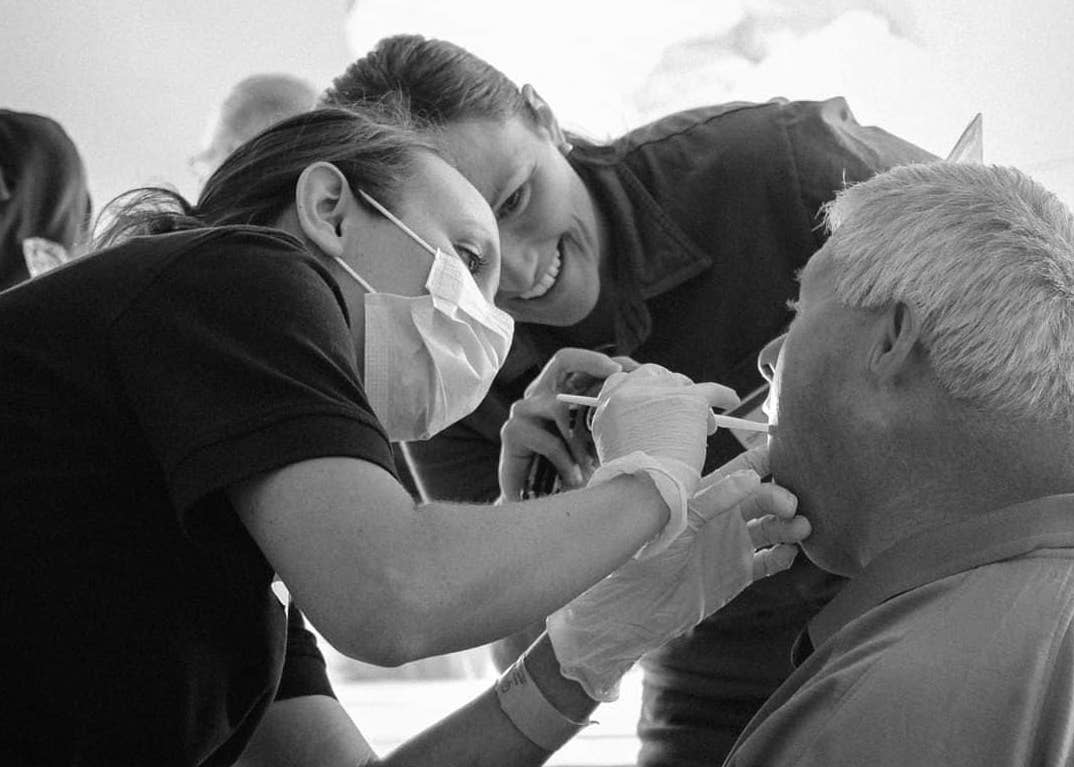Structural racism, boarding school trauma contributes to oral health disparities for Native populations

A national survey on oral health published this week illustrated how structural racism—including intergenerational trauma stemming from Indian Boarding schools— has contributed to significant oral health disparities among Native populations.
The white paper, written by CareQuest Institute for Oral Health, the Society of American Indian Dentists, and the National Indian Health Board’s Tribal Oral Health Initiate, includes findings from a new State of Oral Health Equity in America survey that included data from more than 550 American Indian and Alaska Native respondents.
The report cites studies that show: The prevalence of early childhood tooth decay is three times higher among Native children than it is for white children; Native adults are twice as likely to have untreated decay as the overall United States population, and the majority of Indigenous adults (83%) report tooth loss, compared with just over half of the overall US population.
Additionally, the study found that more than half of Native people were denied health care or oral health care at some point due to discrimination.
“Structural racism places AI/AN (American Indian/Alaska Native) communities at high risk of poor overall and oral health outcomes,” the report reads. “The historical and intergenerational traumas that form the foundation of this structural racism include genocide, geographic relocation, exposure to infectious diseases, forced boarding school attendance, poverty, homelessness, and lack of access to nutritious, affordable food, and routine preventive care.”
The authors of the report, including five Native American dentists or dental students, wrote that solutions to the oral health disparities must be grounded in diversity, equity, inclusion, and justice. Solutions include: increasing representation in researching and funding decisions, providing culturally-driven care for Native American and Alaska Native communities, and collecting accurate data by allowing people the ability to choose more than one racial category in self-reported data to avoid misclassification.
“It is common for our population to be excluded or erased from data collection regarding dentistry workforce and oral health,” said Cristin Haase (Cheyenne River Sioux), the president of Society of American Indian Dentists, in a statement. “It is vital that we continue to remain visible and raise awareness of the issues.
About the Author: "Jenna Kunze is a staff reporter covering Indian health, the environment and breaking news for Native News Online. She is also the publication's lead reporter on stories related to Indian boarding schools and repatriation. Her bylines have appeared in The Arctic Sounder, High Country News, Indian Country Today, Tribal Business News, Smithsonian Magazine, Elle and Anchorage Daily News. Kunze is based in New York."
Contact: jkunze@indiancountrymedia.com

